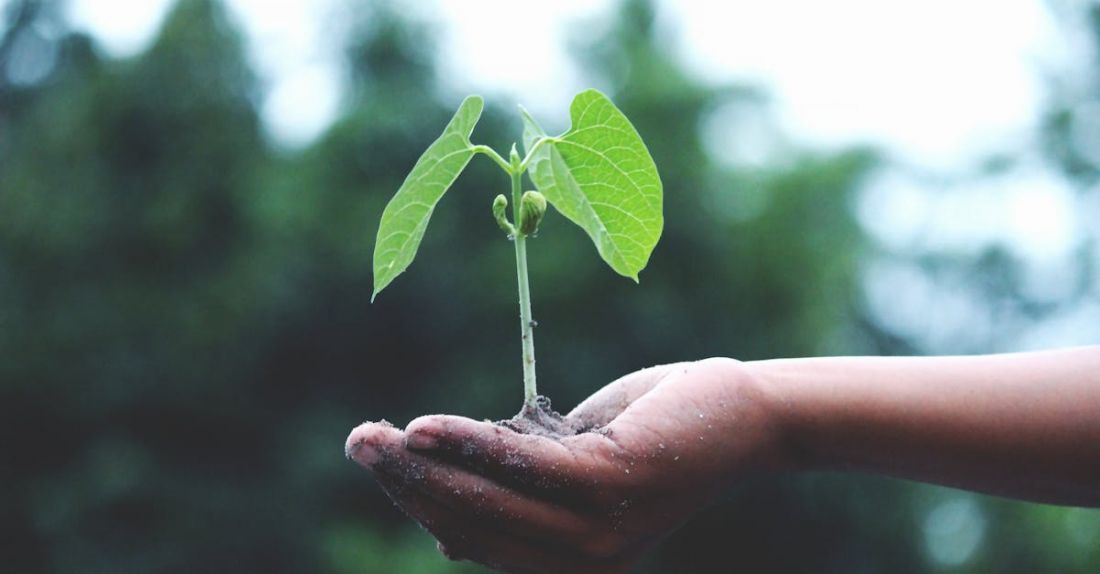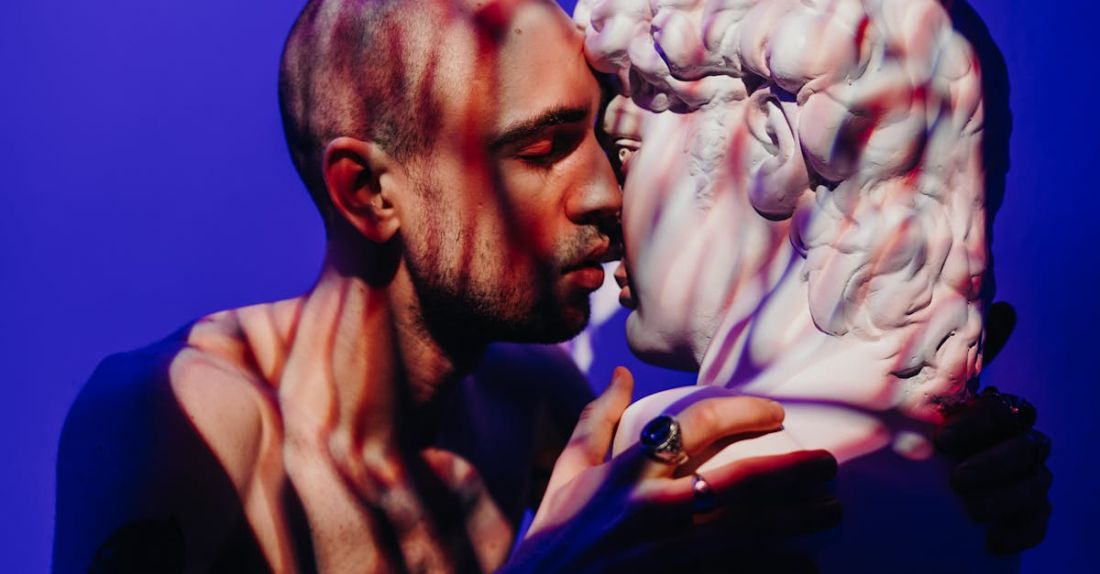
Sustainable landscape design is all about creating outdoor spaces that are environmentally friendly, socially responsible, and economically viable. It aims to minimize negative impacts on the environment while maximizing the benefits to people and communities. In recent years, there has been a growing emphasis on sustainable landscape design as a way to address the challenges of climate change, water scarcity, and loss of biodiversity. Here are some key features of sustainable landscape design that are essential for creating a more sustainable and resilient environment.
Designing with Native Plants
One of the fundamental principles of sustainable landscape design is the use of native plants. Native plants are well-adapted to the local climate, soil, and wildlife, making them more resilient and low-maintenance. By incorporating native plants into the landscape, designers can reduce the need for water, fertilizers, and pesticides, creating a more sustainable and biodiverse ecosystem. Native plants also provide habitat and food for local wildlife, helping to support biodiversity.
Water Conservation Strategies
Water conservation is a critical aspect of sustainable landscape design, especially in regions facing water scarcity. Designers can incorporate various water-saving strategies such as rain gardens, permeable paving, and efficient irrigation systems to reduce water consumption and minimize runoff. Rainwater harvesting systems can capture and store rainwater for irrigation, reducing the reliance on potable water sources. By using water wisely in the landscape, designers can help conserve this precious resource and create a more sustainable environment.
Creating Functional Outdoor Spaces
Sustainable landscape design focuses on creating outdoor spaces that are not only beautiful but also functional and practical. Designers can incorporate features such as edible gardens, outdoor seating areas, and recreational spaces to encourage people to spend time outdoors and connect with nature. Functional landscapes can also provide opportunities for urban agriculture, community gatherings, and education, enhancing the social and cultural value of outdoor spaces. By designing landscapes that meet the needs of people while enhancing the environment, designers can create more sustainable and vibrant communities.
Promoting Biodiversity and Habitat Restoration
Biodiversity is essential for the health and resilience of ecosystems, and sustainable landscape design plays a crucial role in promoting biodiversity and habitat restoration. Designers can create habitat corridors, wildlife-friendly plantings, and naturalistic landscapes to support a diverse range of species and ecosystems. By enhancing biodiversity in the landscape, designers can help restore ecological balance, improve soil health, and reduce the spread of invasive species. Biodiversity-friendly landscapes also provide valuable ecosystem services such as pollination, pest control, and water purification, benefiting both wildlife and people.
Incorporating Sustainable Materials and Practices
Another key feature of sustainable landscape design is the use of environmentally friendly materials and practices. Designers can choose sustainable materials such as recycled wood, permeable paving, and locally sourced stone to reduce the environmental impact of landscape construction. Sustainable practices such as composting, mulching, and integrated pest management can help minimize waste, conserve resources, and promote soil health. By incorporating sustainable materials and practices into the landscape, designers can reduce their carbon footprint and create landscapes that are more ecologically sound and resilient.
Emphasizing Long-Term Maintenance and Management
Sustainable landscape design is not just about the initial design and construction; it also involves long-term maintenance and management to ensure the sustainability of the landscape over time. Designers can create maintenance plans that prioritize natural processes, ecological health, and resource efficiency to minimize the need for chemical inputs and intensive maintenance practices. By emphasizing long-term stewardship and adaptive management, designers can help ensure that sustainable landscapes continue to thrive and evolve, benefiting both people and the environment.
In conclusion, sustainable landscape design is a multifaceted approach that integrates ecological, social, and economic considerations to create outdoor spaces that are beautiful, functional, and environmentally responsible. By incorporating native plants, water conservation strategies, functional outdoor spaces, biodiversity promotion, sustainable materials and practices, and long-term maintenance practices, designers can create landscapes that are more sustainable, resilient, and beneficial to both people and the planet. Sustainable landscape design offers a promising solution to the challenges of urbanization, climate change, and environmental degradation, providing a blueprint for creating healthier, more livable communities for future generations.





